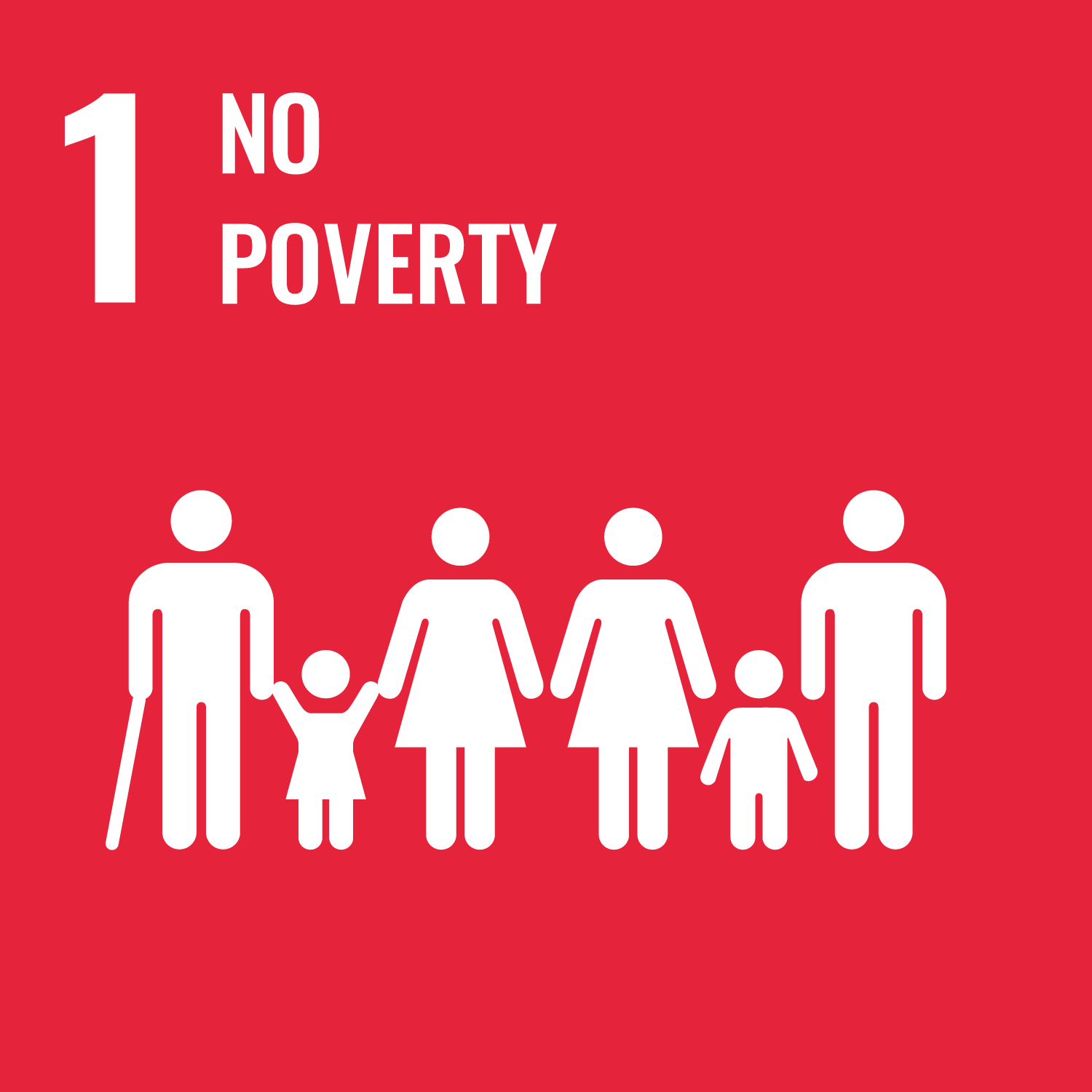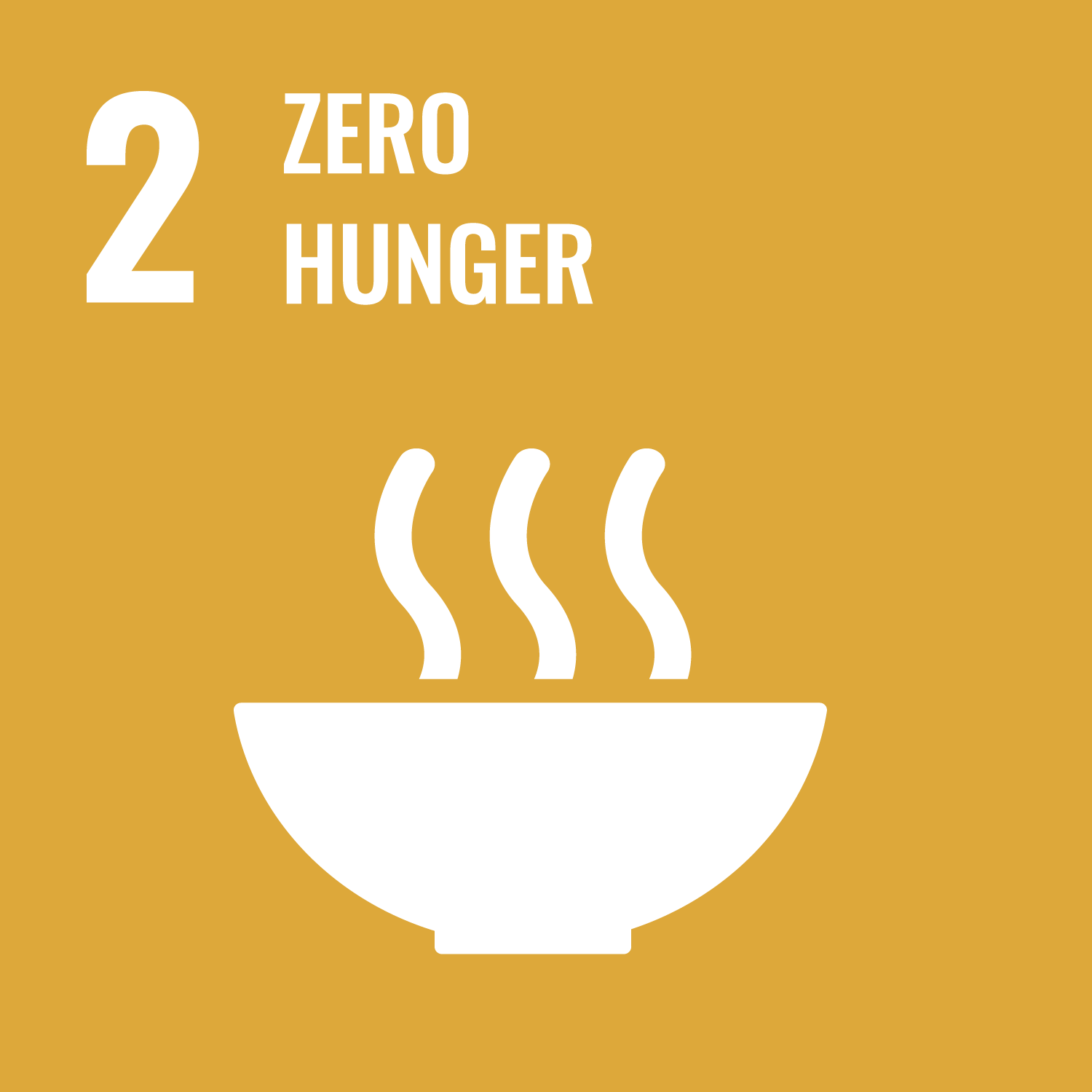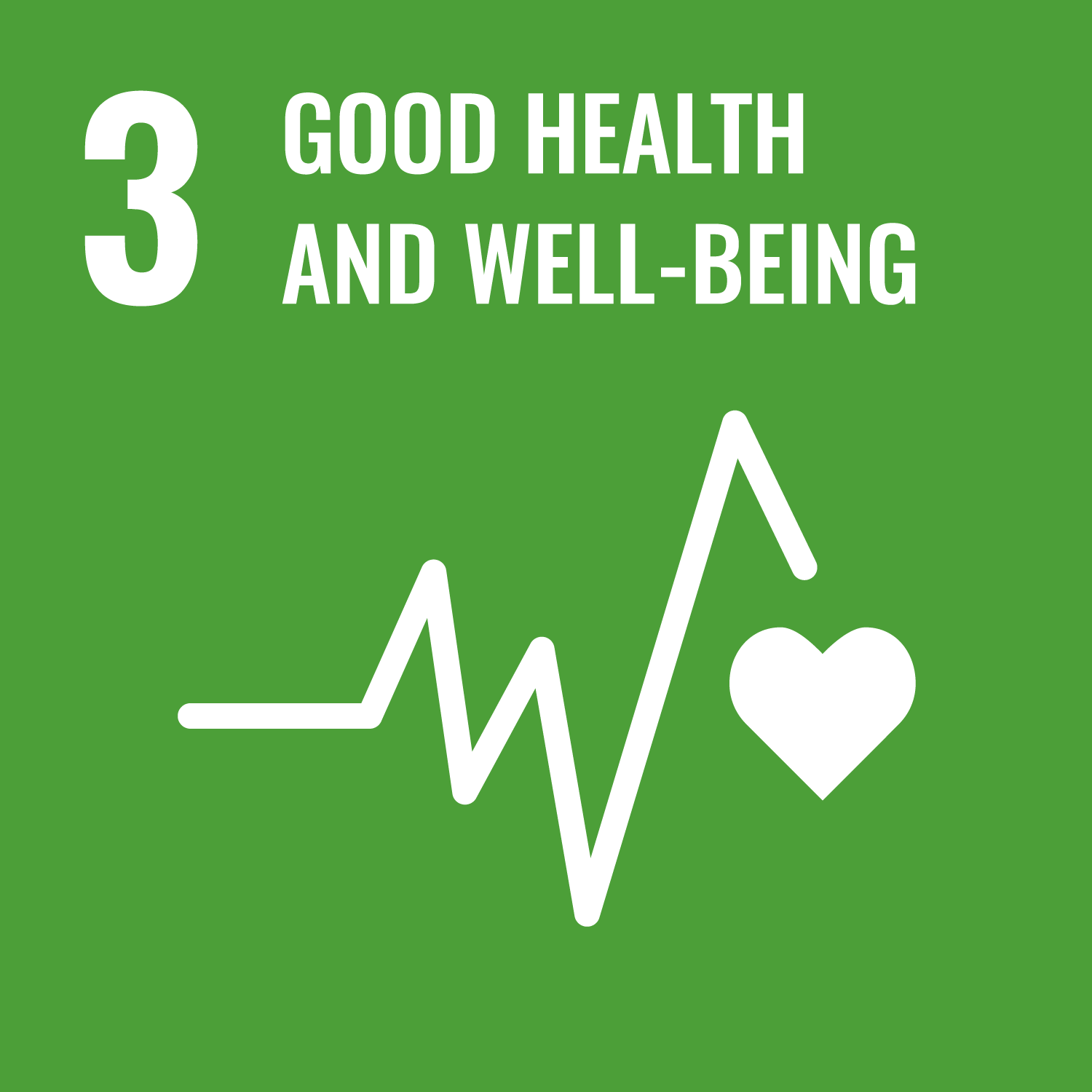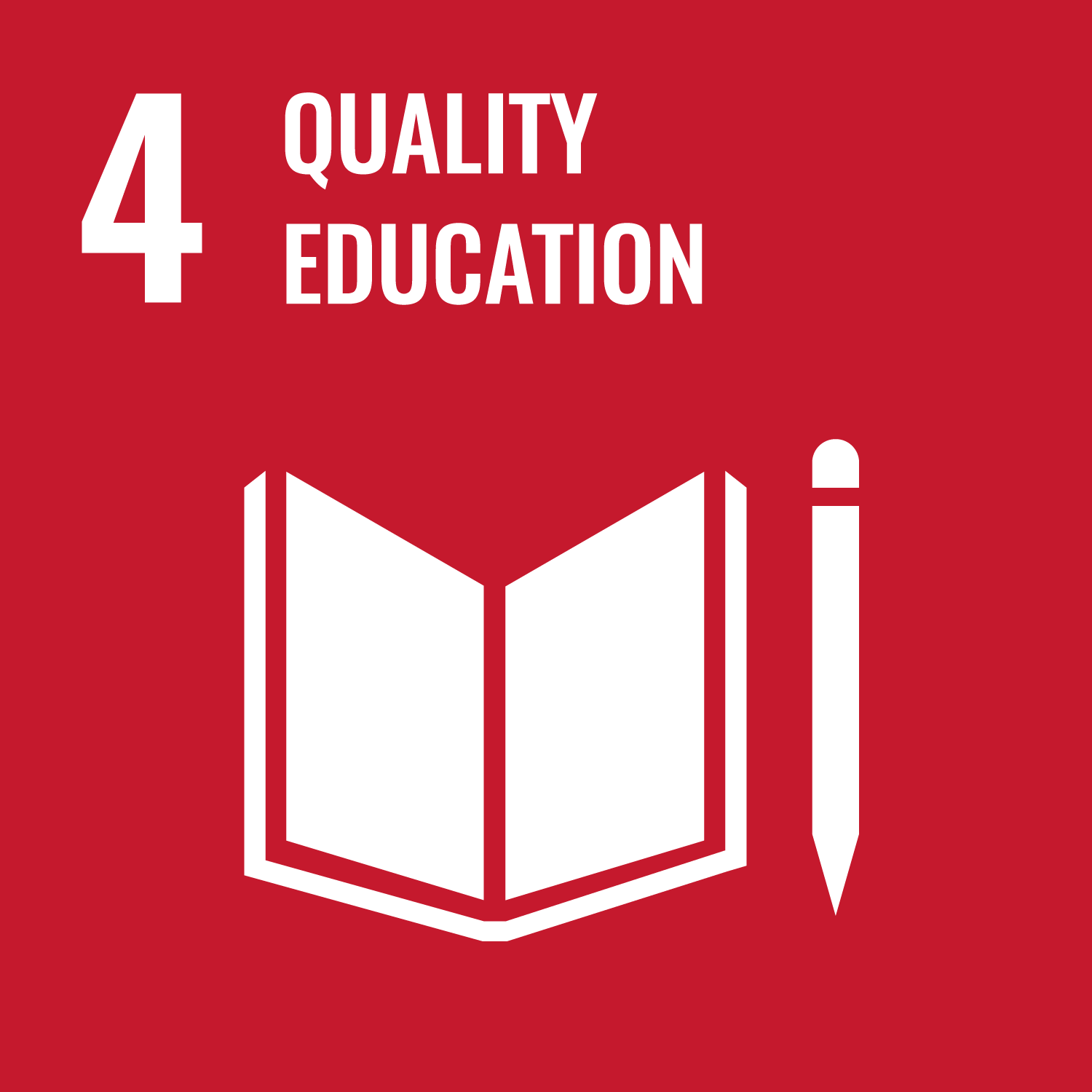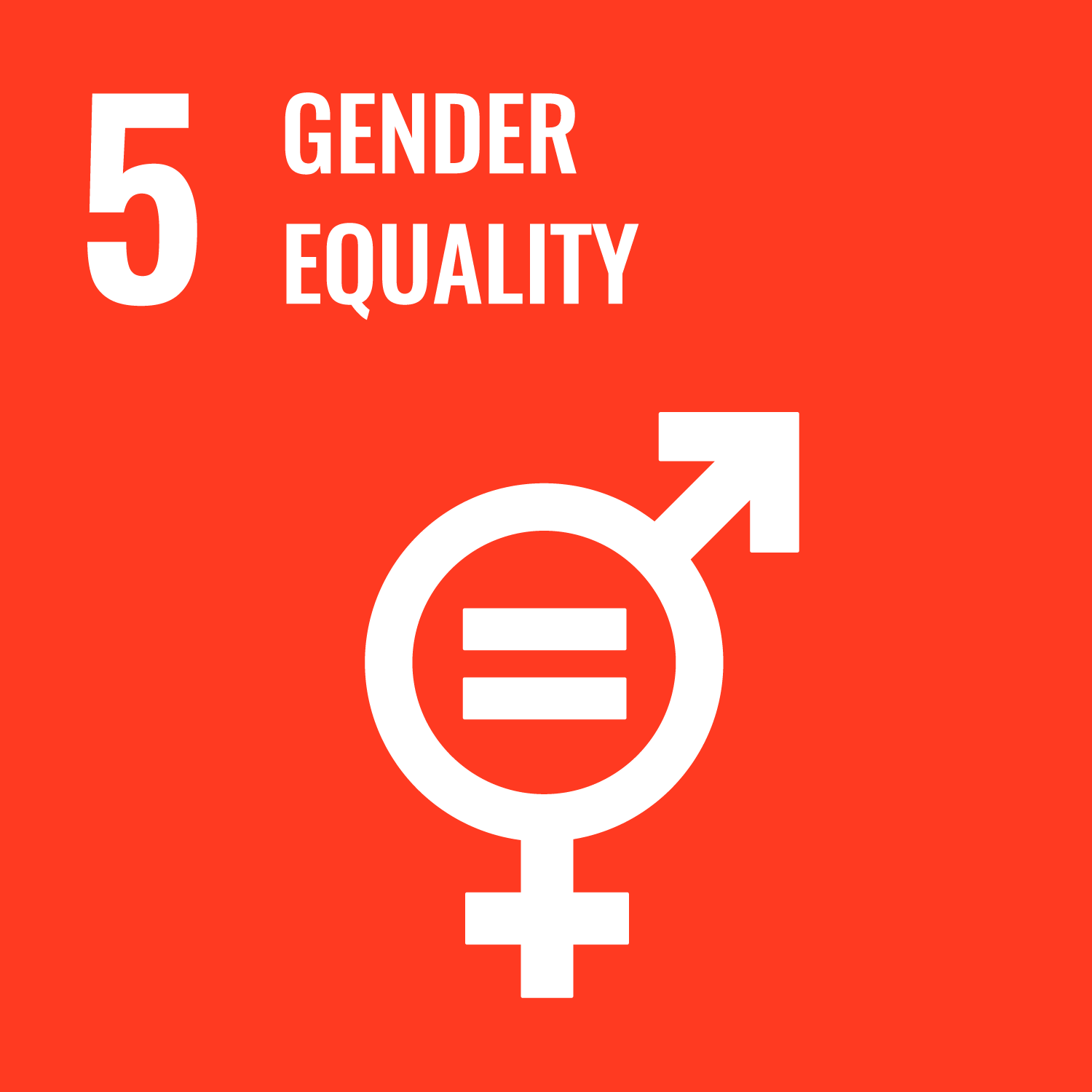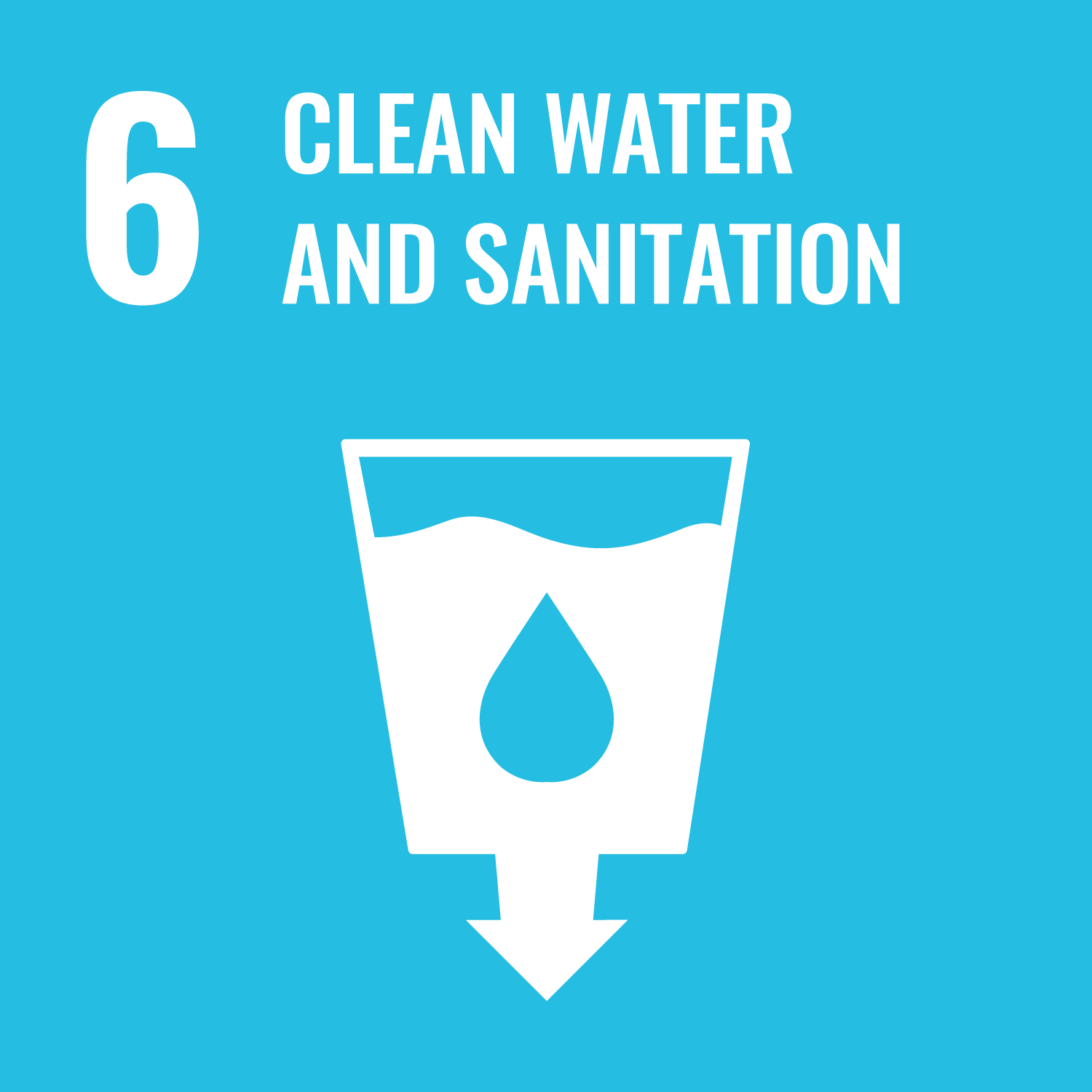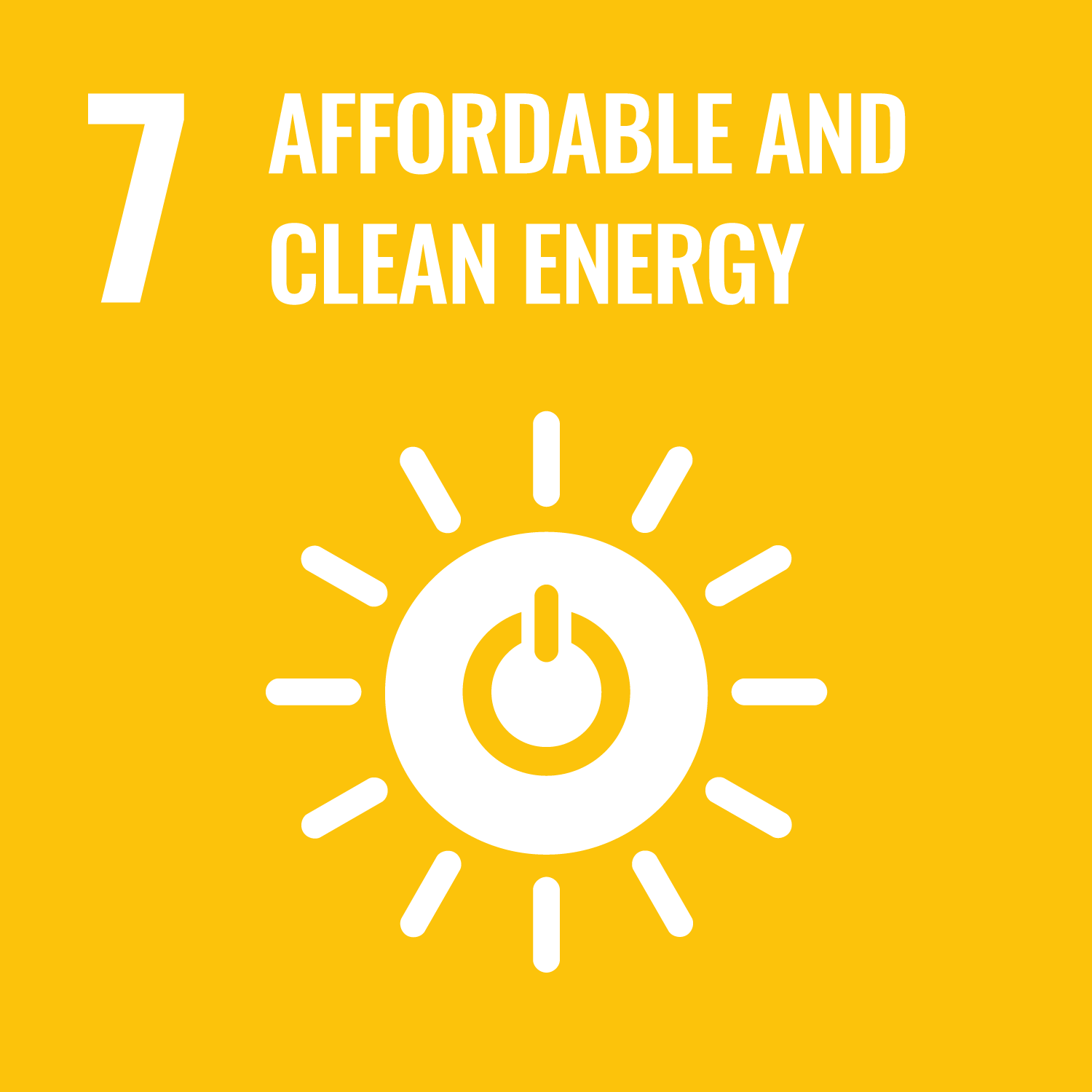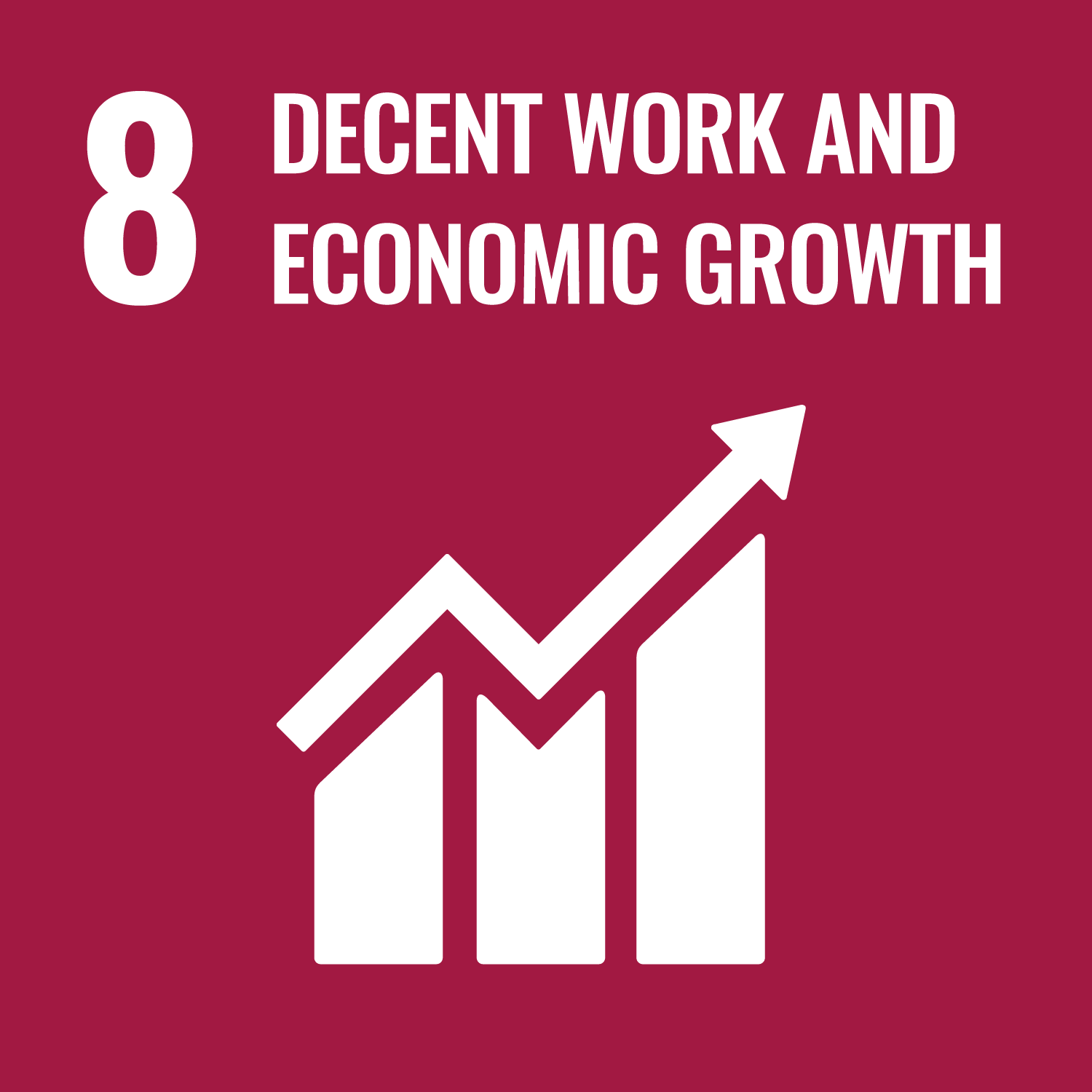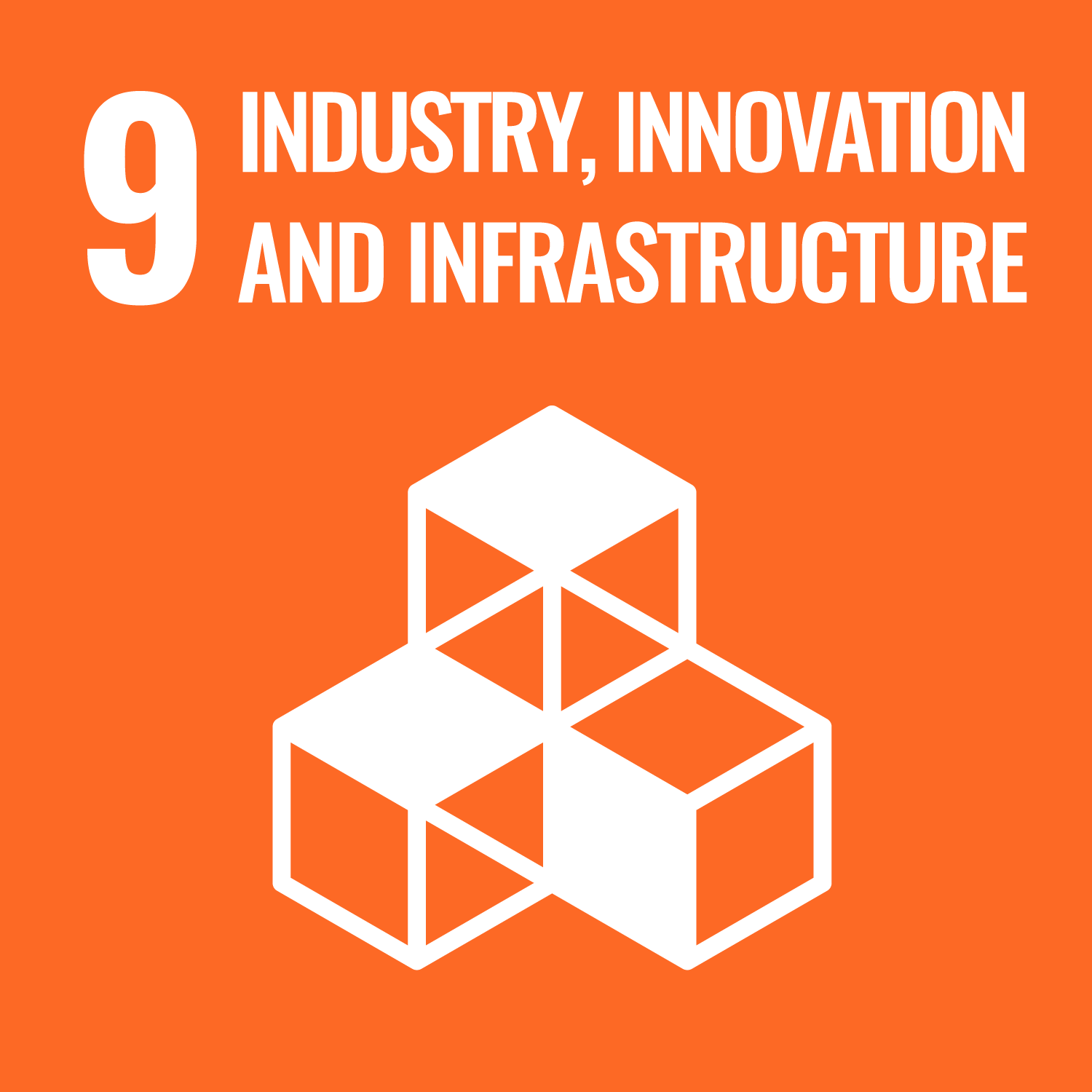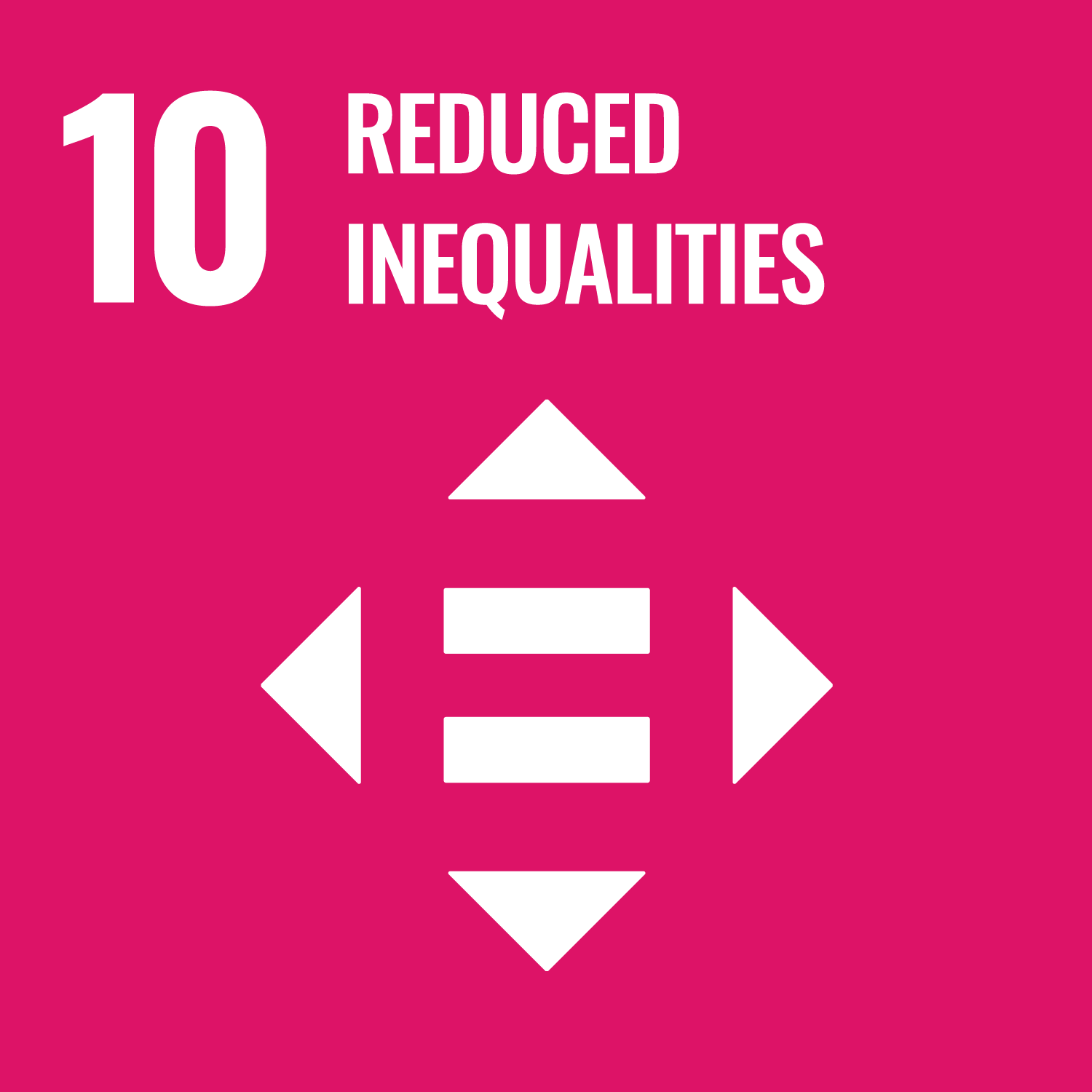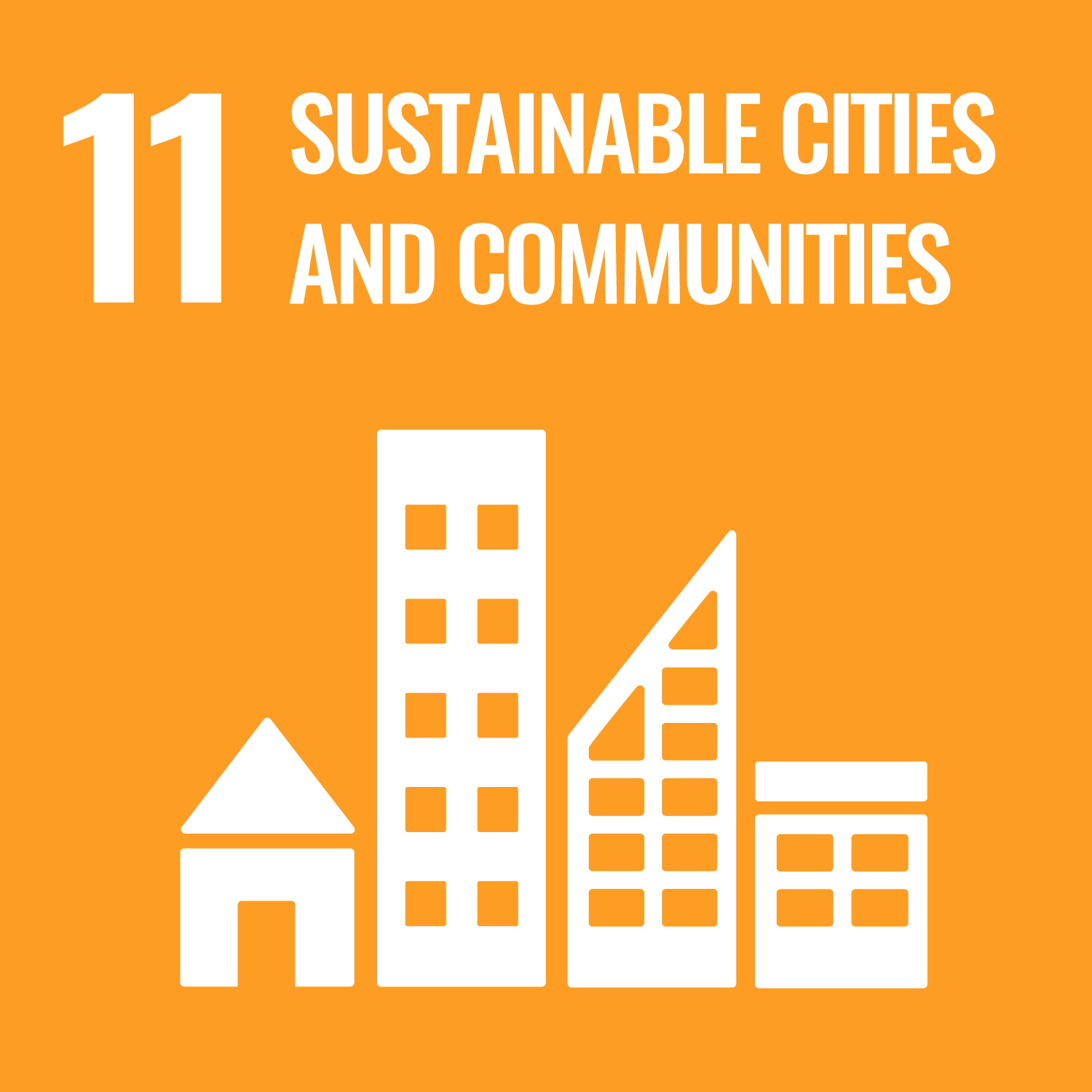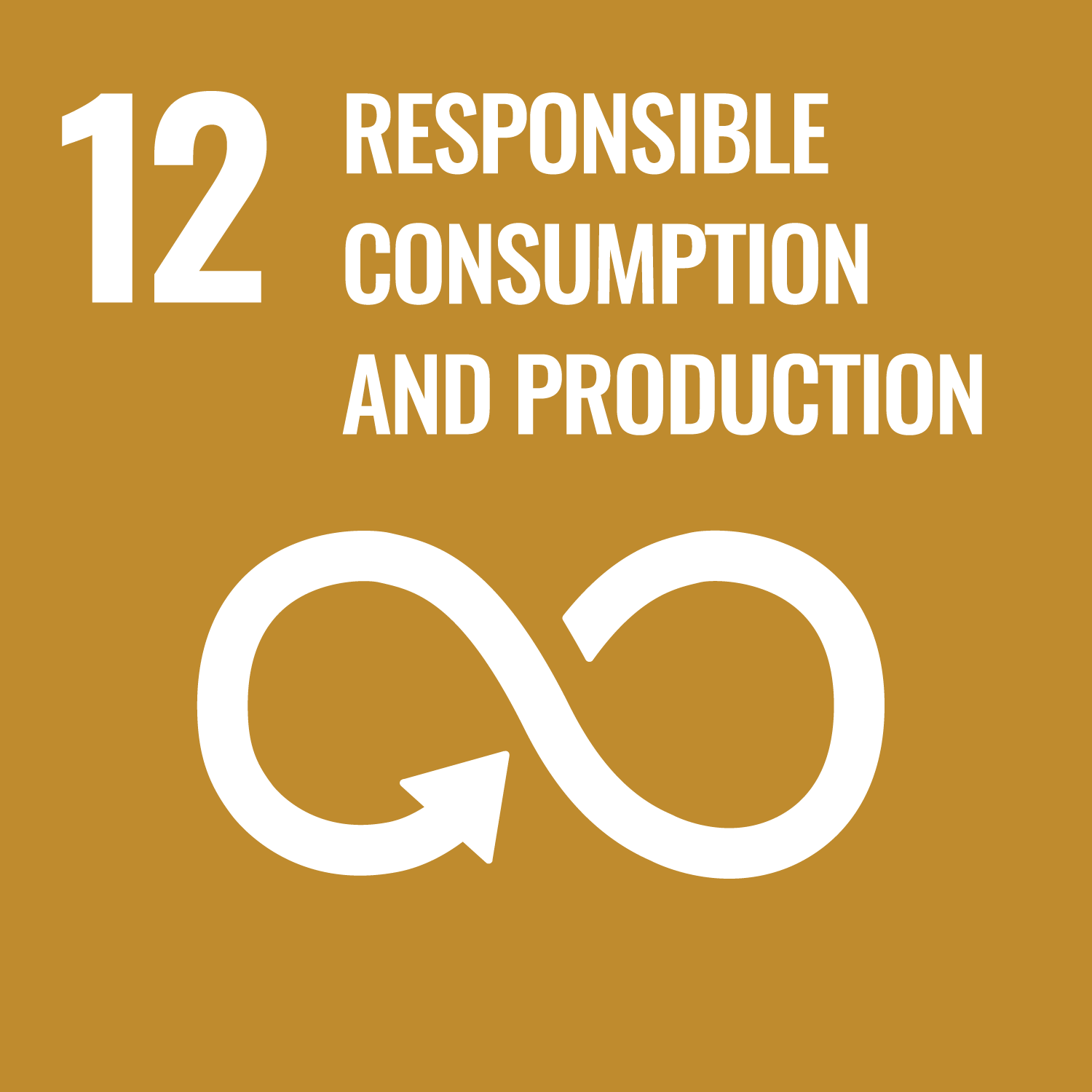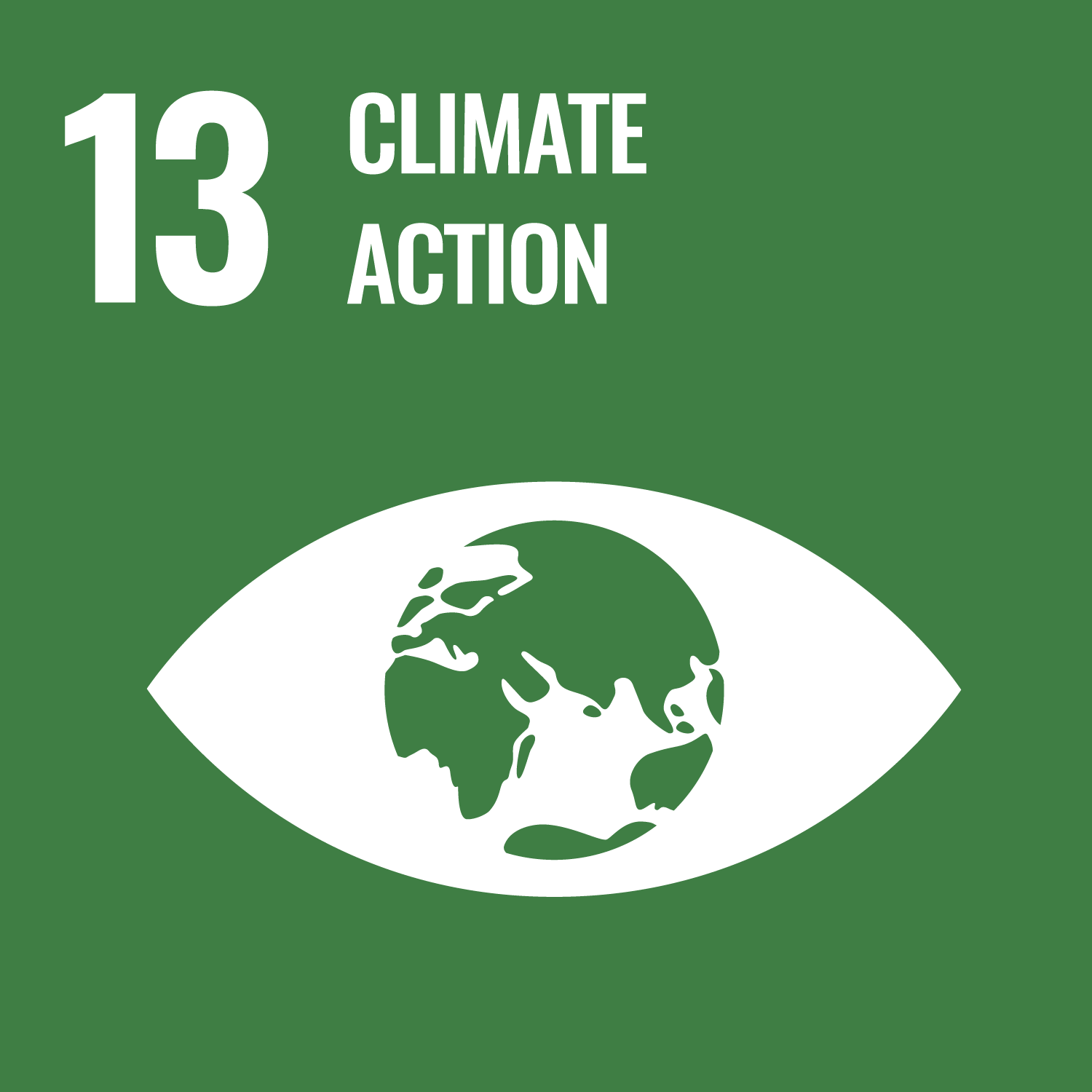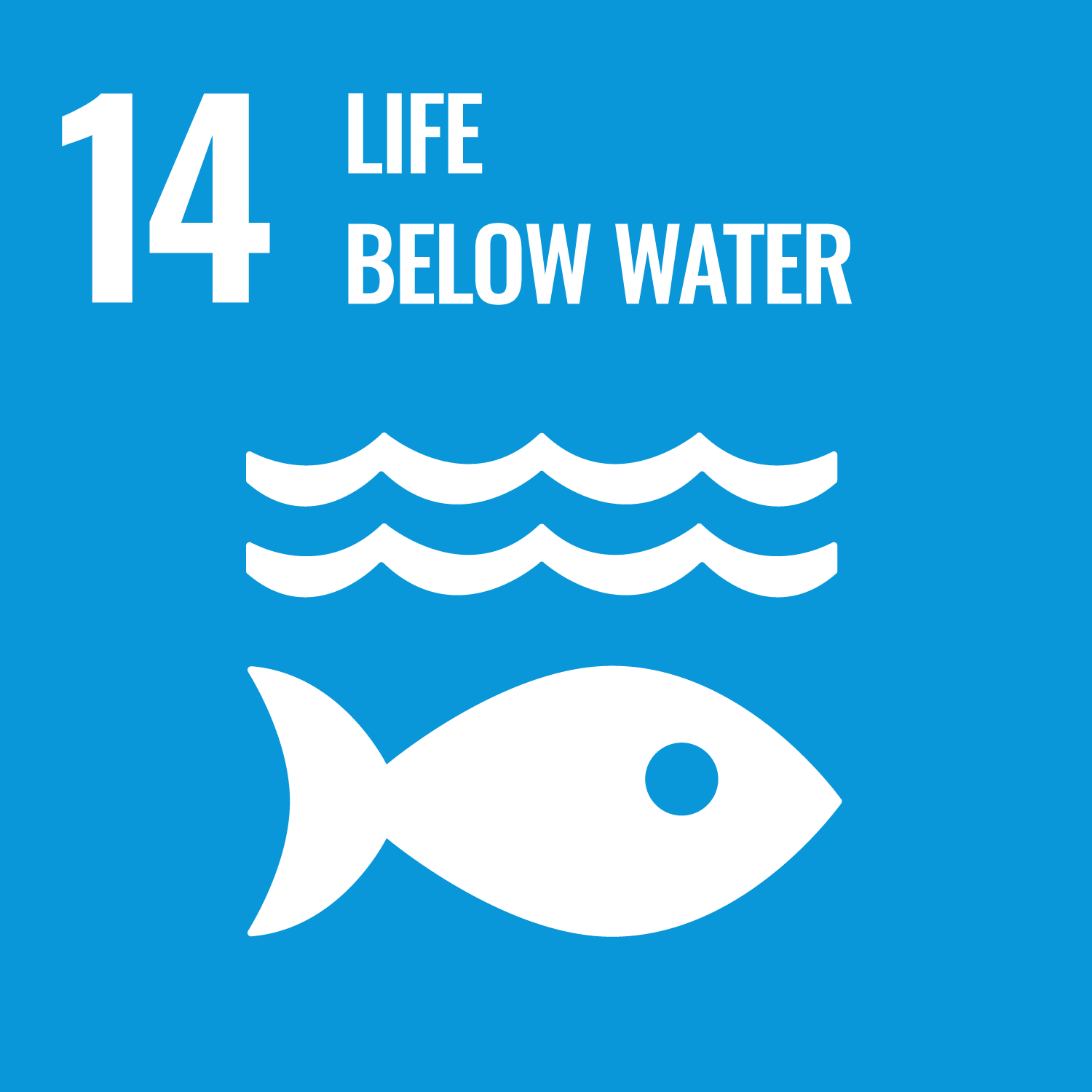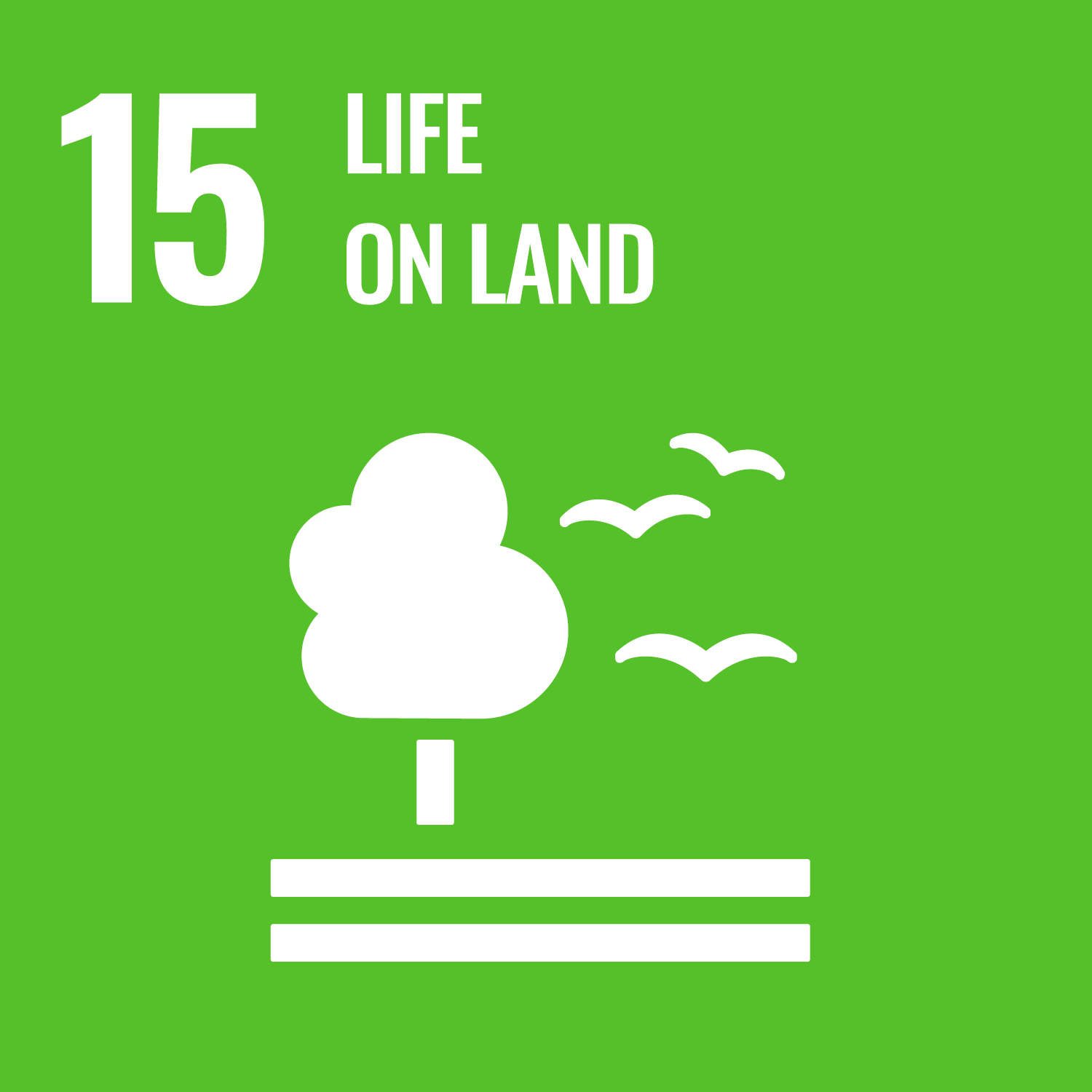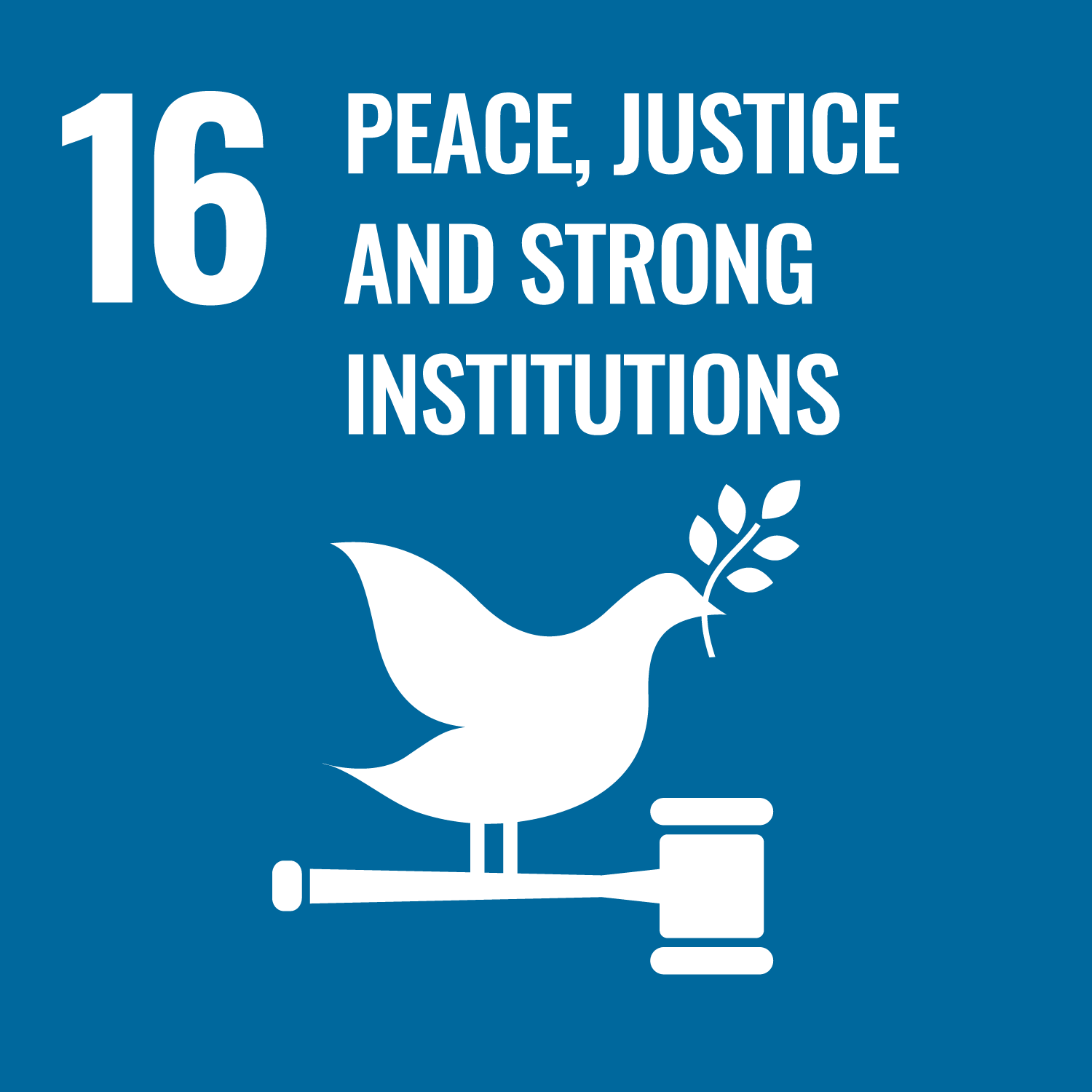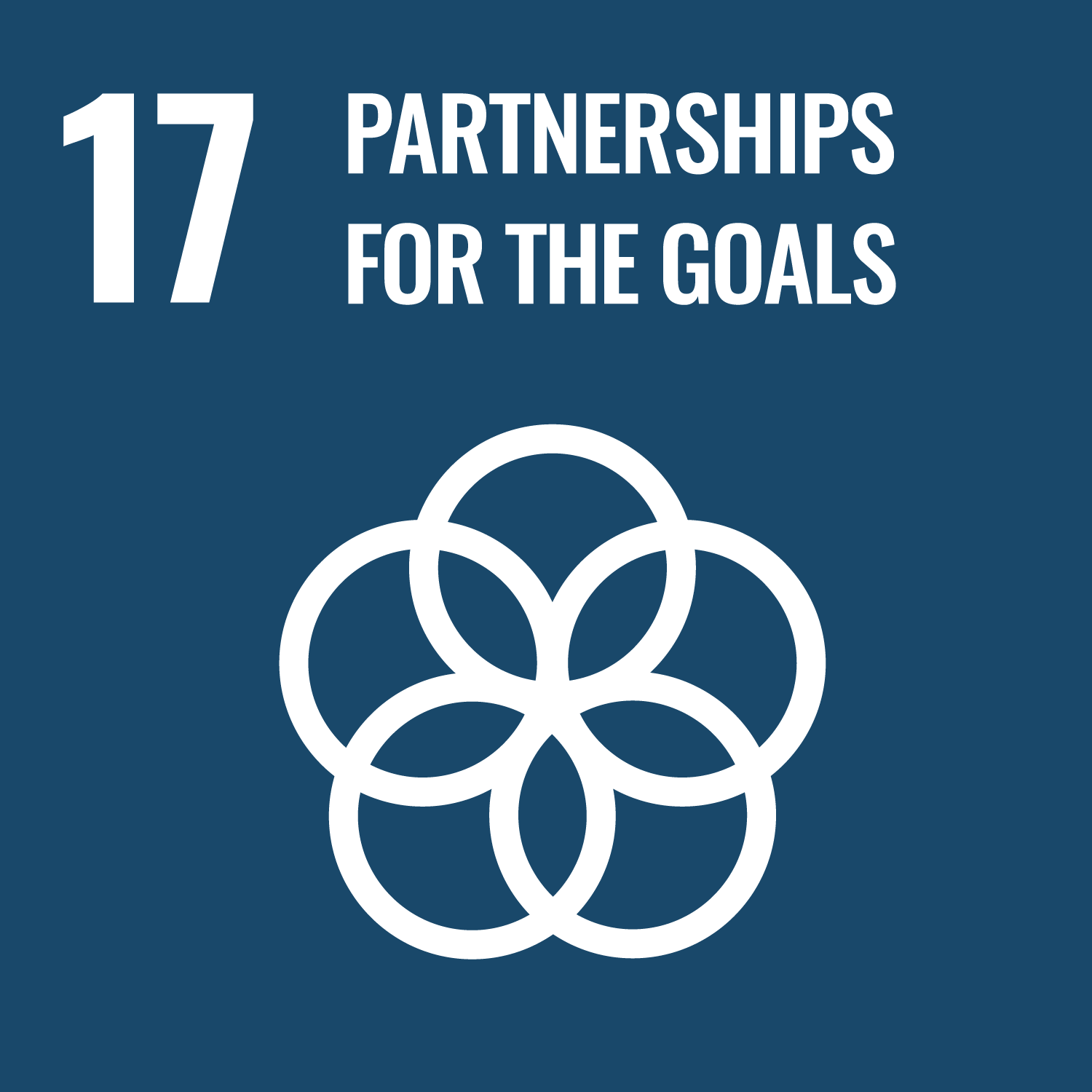
Dollar Donation Club
Organization
World Bee Project
🛡️ Trust Rating
🧐 Risk Rating
Return On Donation
$1

Integrated Impact ScoreVetted By

Expert Consensus
Delivers high-impact ecological restoration by protecting pollinators, strengthening biodiversity, and restoring rural livelihoods
Snapshot
The Problem
Native bee populations are shrinking fast due to habitat loss, pesticides, and climate change—and that puts biodiversity and our food at risk. Bees pollinate key crops like mangoes, coffee, and tomatoes. In regions like Tamil Nadu, the decline of native species like Apis cerana threatens harvests, biodiversity, and rural livelihoods.
The Solution
The World Bee Project empowers rural women in Tamil Nadu through sustainable beekeeping with native Indian honeybees (Apis cerana), helping to restore biodiversity, boost crop pollination, and generate income. By combining expert training, bee colony support, and tree planting, the program strengthens biodiversity, boosts incomes, and builds climate-resilient communities.
Impact to Date
80 women trained as beekeepers, managing 600 hives across forest and mangrove regions.
>36 million native honeybees reintroduced through managed colonies of Apis cerana indica.
$250 in annual income earned by each Ayyalur family from honey sales—7x more than typical unskilled work.
6,000 native fruit trees planted to boost nectar sources and support pollinators.
Location of Impact
Ayyalur, Tamil Nadu, India
Impact Per $1
$1 sponsors 187 native bees, ¼ of a tree, and 15 minutes of expert training for a farmer.
Proof of Impact
Local partner SEEDS Trust will verify through site visits, counting active colonies and estimating bee populations. There will also be monthly updates including photos, videos, survey and written stories showing the number of beehives distributed, trees planted, income earned, and the real-life impact on the women and communities supported by your donation.
Time to Realize Impact
6-12 months. Donations are put to work immediately, in line with the farming calendar. Depending on the season, activities like assigning bees, planting trees, or starting hives are prioritized accordingly.
Fund Usage
Every $1 donated is allocated as follows — 10% for training, 37.5% for hives and equipment, 2.5% for tree planting, and 50% for staff.
See a full sample budget here.
Will it actually make a difference?
For every $1 donated to the World Bee Project, 187 native bees are sponsored, ¼ of a tree is planted, and 15 minutes of expert training is provided to a farmer—support that has led to a 220% increase in family income through honey sales, improved crop pollination, and restored biodiversity through sustainable beekeeping led by women.
How is the donation used?
Donations help rural women farmers in Tamil Nadu, India by providing native bees, beekeeping tools, native trees, and training in eco-friendly farming.
DDC's Favorites
Their approach protects native Indian honeybees (Apis cerana) and supports rural women through sustainable beekeeping. By using eco-friendly methods like food forests, they help build stronger farms and communities that can better handle climate change.
Key Drawbacks
There isn’t sufficient long-term ecological data to accurately predict the program’s impact on biodiversity, or habitat resilience over the next 100 years.
Fund Usage
Every $1 donated is allocated as follows — 10% for training, 37.5% for hives and equipment, 2.5% for tree planting, and 50% for staff.
See a full sample budget here.
Integrated Impact Score
Effectiveness
90%Transparency
100%Track record
80%Measurability
76%Wisdom
100%Impact Innovation
80%Impact Stack
10Expert Vetters
Individual Questions
The Context
Bees are vital to the health of our planet—and our plates. Often described as “tiny green engineers,” pollinators enable reproduction in over 75 % of the world’s crop species, underpinning global food supplies, biodiversity, and ecosystem resilience. Yet, alarming declines are underway: 40 % of global insect pollinators, particularly native bees, are now highly threatened, contributing to an estimated 3–5 % reduction in yields of fruits, vegetables, and nuts. This erosion in pollination services poses a serious threat to food security and ecosystem stability.
Within this crisis, the eastern honey bee, Apis cerana, plays a unique and critical role—especially across Asia. Endemic to South, Southeast, and East Asia, A. cerana has underpinned traditional apiculture for millennia, supporting honey production and pollination of both crops and native flora. It is highly valued in remote and low-resource communities for its adaptability and local ecological integration.
Why Apis cerana Matters
Resilient native pollinator — A. cerana provides essential pollination services in diverse Asian landscapes, including rainforest and agricultural mosaics. It supports both crop yields and wild plant reproduction, especially in ecosystems like dipterocarp forests
Built-in pest defense — Being the natural host of the mite Varroa jacobsoni, A. cerana exhibits grooming behaviors that significantly reduce mite infestation—offering natural resilience not seen in non-native species like A. mellifera.
Unique colony defenses — Notably, A. cerana japonica (a Japanese subspecies) survives hornet attacks via remarkable defense tactics. These include:
Heat-balling, where hundreds of bees surround a hornet and raise the temperature to lethal levels (~47 °C) while keeping themselves safe.
Wing shimmering, a synchronized visual display that confuses predators.
Fecal hotspots, where bees smear animal feces at hive entrances to deter predators like hornets—behavior not seen in European honey bees.
These remarkable traits make A. cerana a strong, culturally integrated, and ecologically robust pollinator species.
About
We’re levelin’ up philanthropy!
The Dollar Donation Club Integrated Impact Score was designed to ensure that the world’s most powerful and holistic solutions are presented to our members. The goal is to identify acupuncture points of change – solutions that create maximum positive benefit using minimal resources, while triggering a large cascade of additional benefits.
More importantly, the Integrated Impact Score embodies our approach of smart-philanthropy.
It’s not enough for us to give with only our heart. We must also give intelligently – identifying solutions that address root causes, generate outsized measurable outcomes, integrate holistically into existing communities, consider long-term impacts, reduce the risk of unintended consequences and lead to self-reliant capabilities rather than co-dependencies.
It’s time for us to focus less on things like “overhead ratios” and more on the total, holistic positive result per dollar. Oh yeah, and it should be fun!
We believe that the best solutions...
- Solve root-causes rather than symptoms.
- Consider their impact 100 years into the future.
- Produce massive impact efficiently.
- Care for people and planet holistically.
- Leverage nature’s and humanity’s best technologies.
- Are radically transparent – financially and operationally.
- Are resilient against threats of reversal.
- Result in self-reliance, rather than dependence.
- Clearly understand total costs to achieve outcomes.
This vetting methodology was designed with careful care to identify these solutions.
How we calculate the Integrated Impact Score:
Individual Dimension Score
The scores for each individual dimension (e.g. Transparency, Measurability) are calculated by adding up the total points (1-5) per section and dividing by the total possible points for that section.
Impact Stack
The amount of points awarded for the Impact Stack section is based on an assessment of how directly or indirectly and effectively or ineffectively the solution addresses a particular Sustainable Development Goal, using the SDG indicators as a guide. Impact Stack is treated like a bonus of points by adding up the total Impact Stack score and dividing by 10 (i.e. every 10 points gives a bonus of +1 to the final IIS score).
Overall Integrated Impact Score
The overall Integrated Impact Score is calculated by averaging the total scores received in each of the Individual Dimensions (e.g. Transparency, Measurability, etc.). We then add the bonus points awarded by the Impact Stack. Overall scores are rounded up to the nearest integer at 0.5 (e.g. if a score of 94.5 is calculated, the final score will be 95, if a score of 94.4 is calculated, the final score will be 94).


100% of contributions go to the Dollar Donation Club Fund, a wholly owned subsidiary of Legacy Global Foundation Inc, a public 501(c)3 charitable organization.
© Dollar Donation Club 2025




